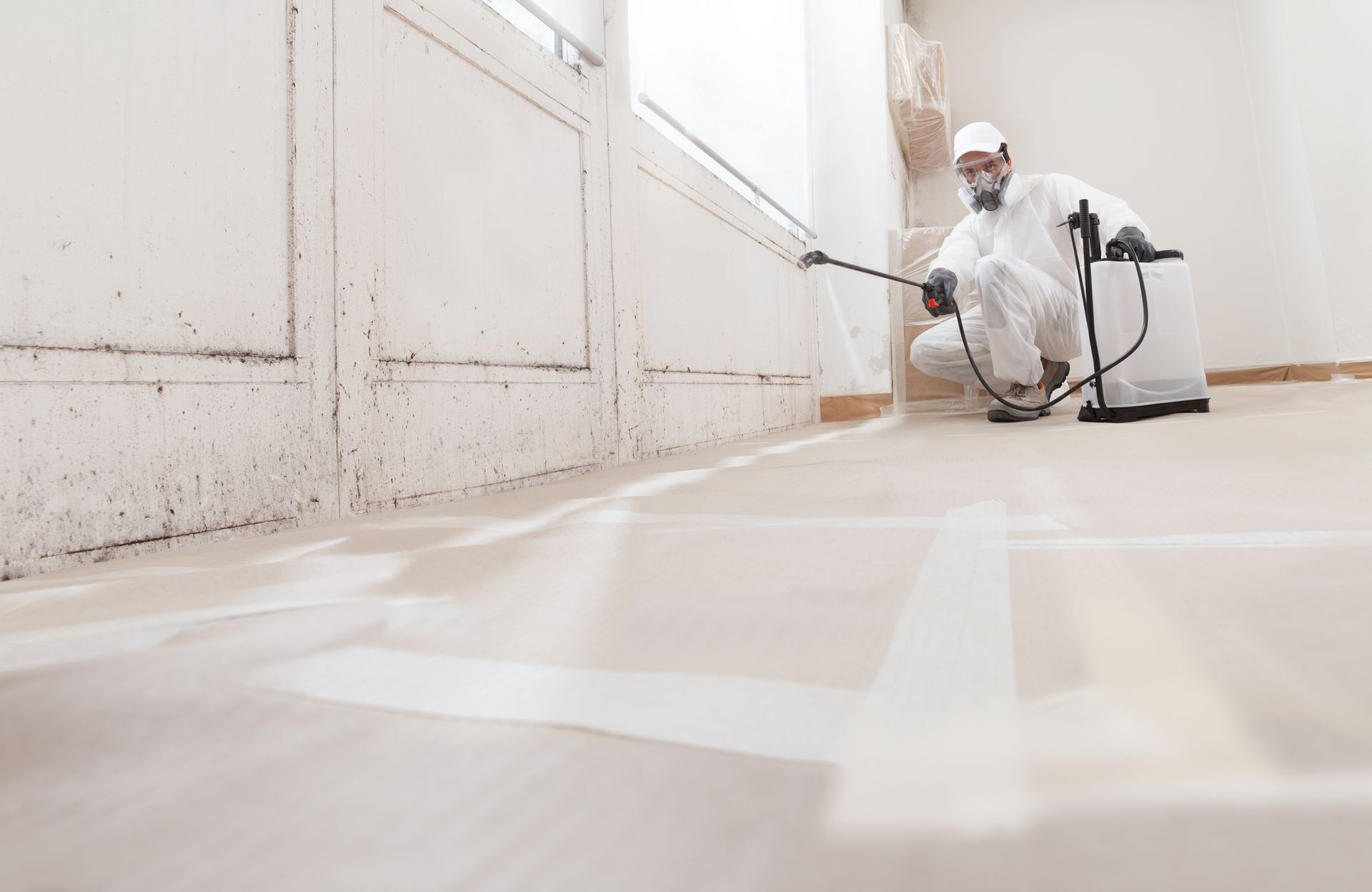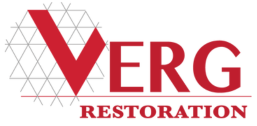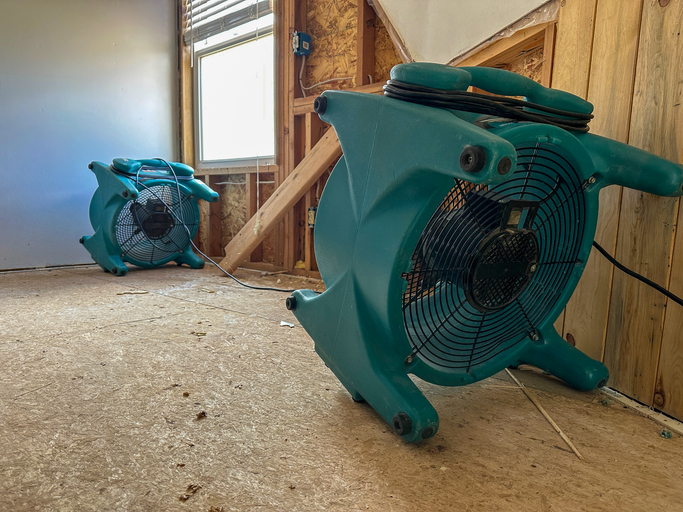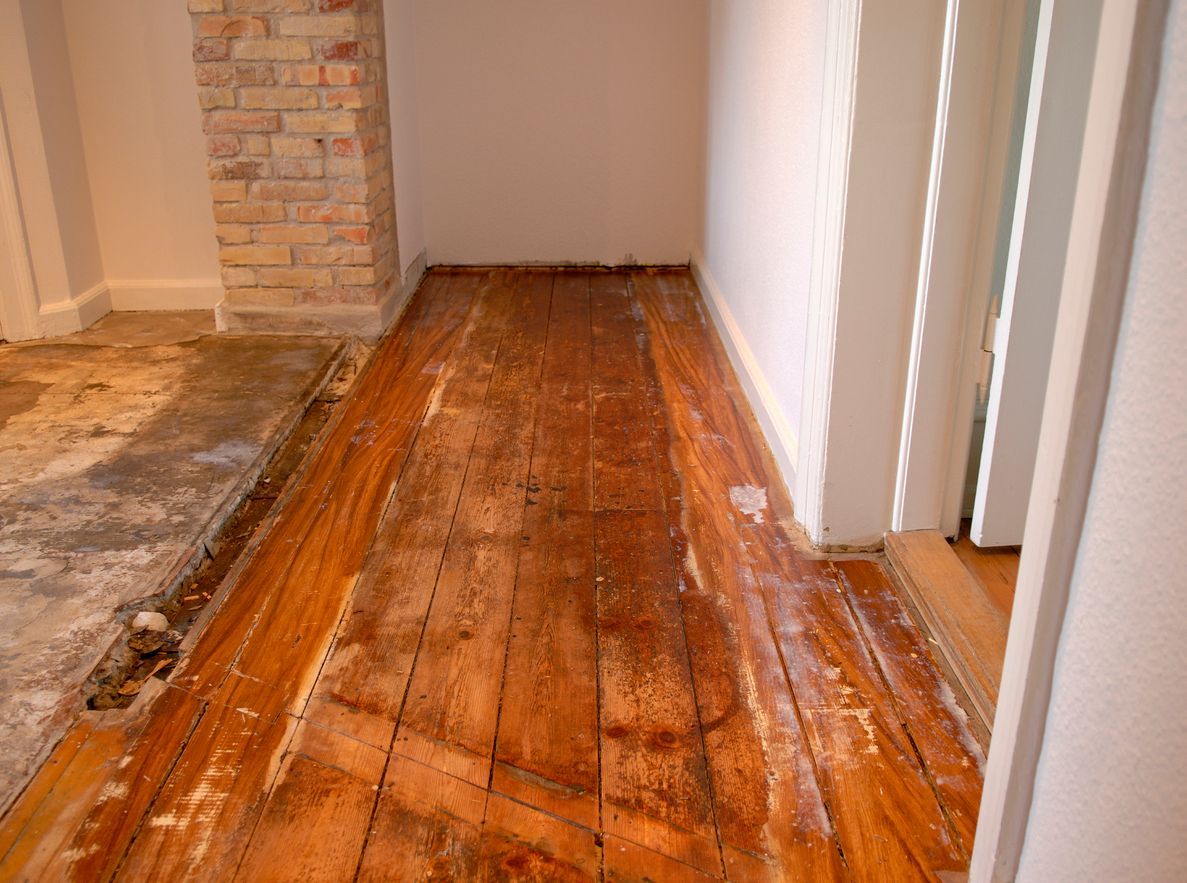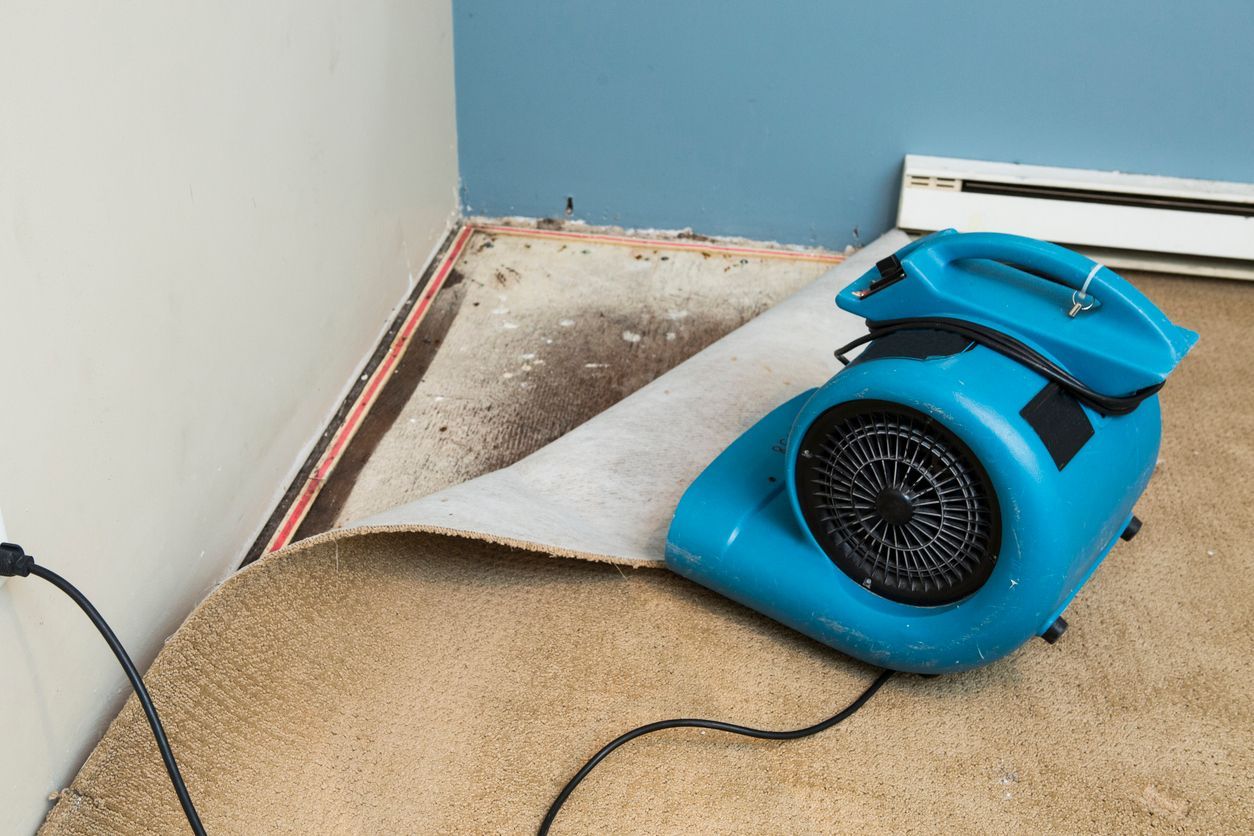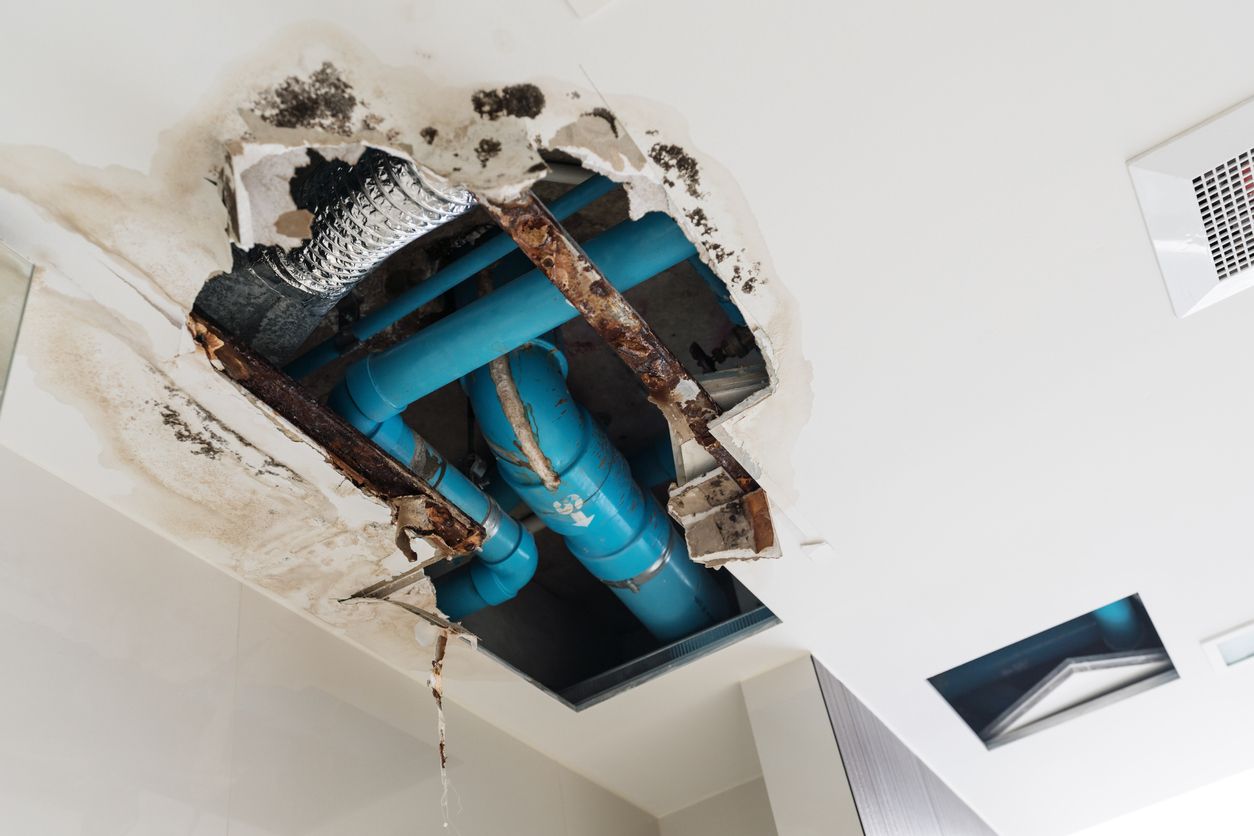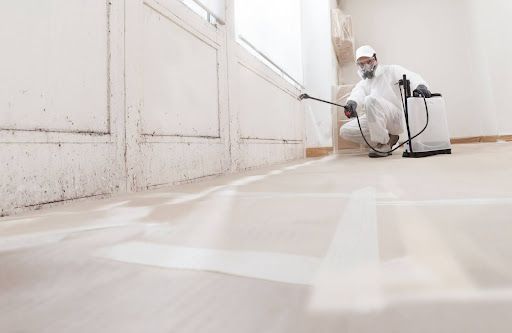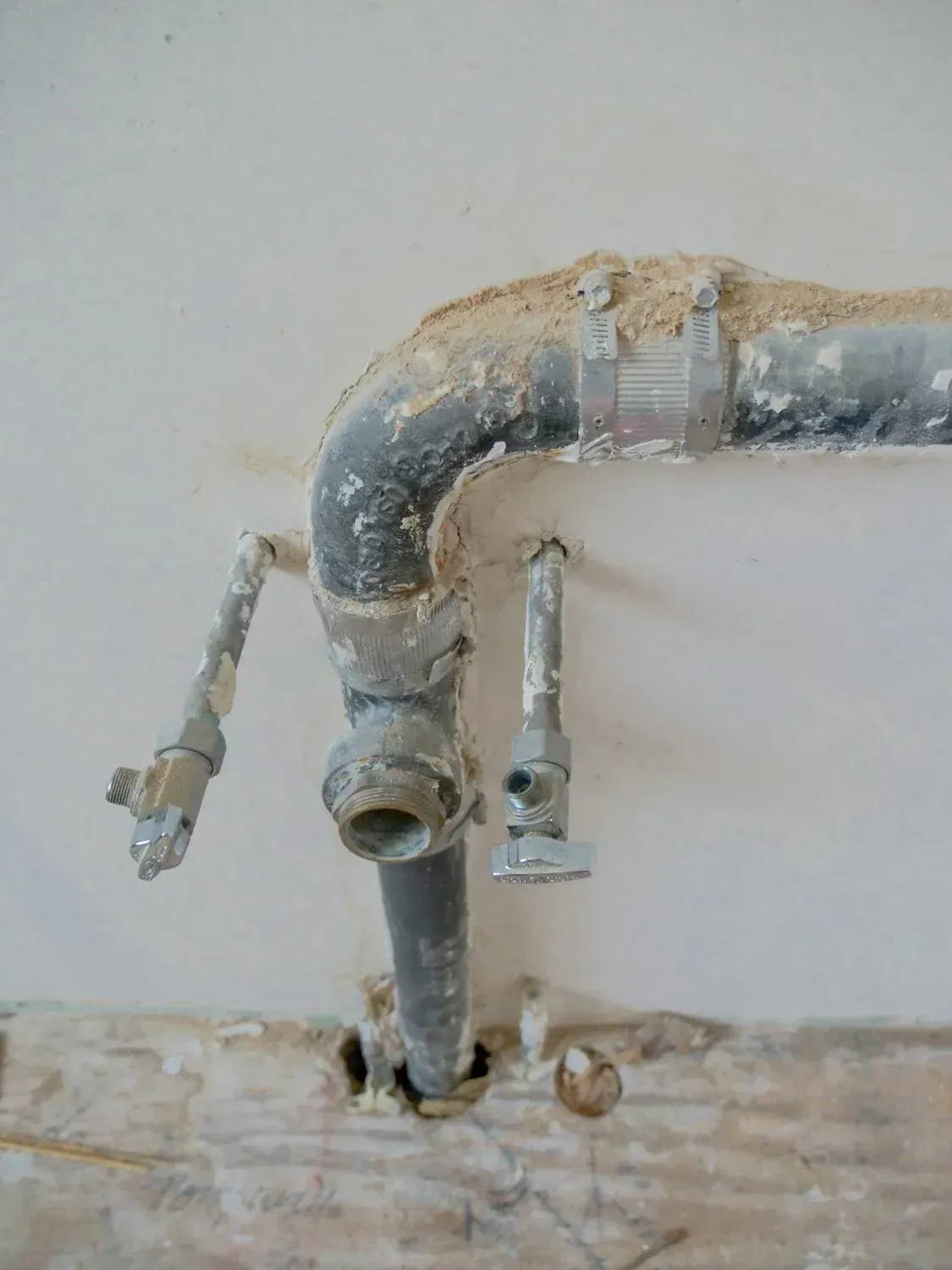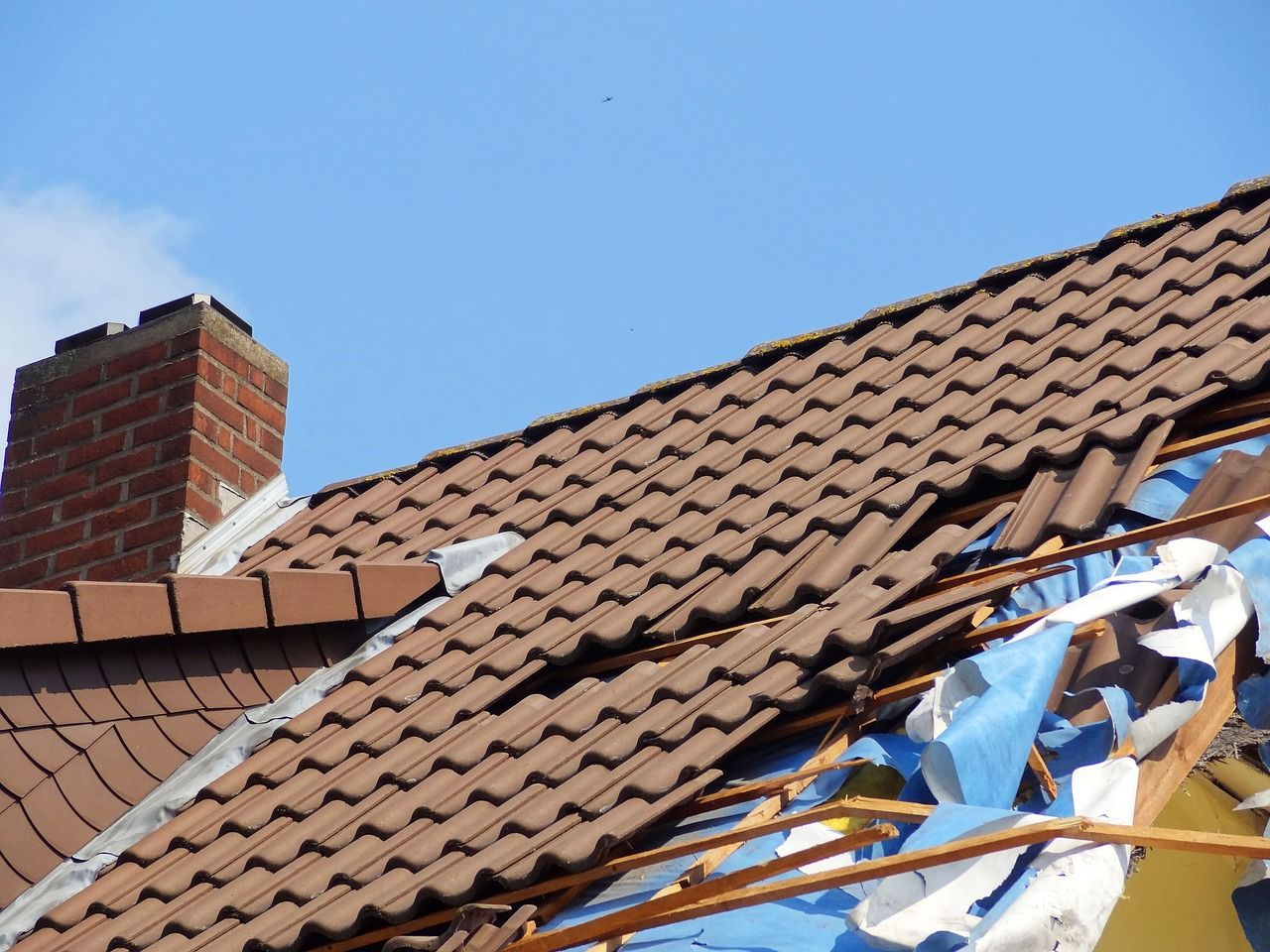Effective Ways to Remove Mold from Carpet After Water Damage
Mold in carpets can be a serious issue, especially after water damage. It not only looks unsightly but also poses health risks. Addressing mold quickly is essential to prevent further damage and health problems. In this blog post, we'll walk you through the steps to effectively clean mold from your carpet. If the problem seems extensive, consider hiring a professional for water damage restoration Portland. By following our simple and effective methods, you can ensure a clean, mold-free home environment. Let’s get started on restoring your carpet to its former glory.
Assessing the Damage
Mold thrives in damp environments. Inspect your carpet thoroughly to understand the extent of the damage. Look for discoloration and musty odors.
Identifying Mold
Learn to recognize the signs of mold. Common indicators include black, green, or white spots on your carpet. These spots can vary in size and may appear fuzzy or slimy. Mold often emits a strong, musty odor, making it easier to detect. It's important to act quickly if you notice any of these signs, as mold can spread rapidly and cause health issues. Prompt identification is the first step to effective mold removal.
Measuring Moisture Levels
Use a moisture meter to check the carpet's dampness. High moisture levels suggest mold growth is likely. A moisture meter is a handy tool that provides accurate readings of how wet the carpet is. Press the meter against different areas of the carpet to identify the most affected spots. Consistent high readings indicate that the carpet has retained water, creating a perfect environment for mold to grow. Regular monitoring helps you understand the severity of the problem and guides your cleaning efforts.
Preparing for Cleaning
Preparation is key to effective mold removal. Ensure you have all necessary supplies and take safety precautions.
Gathering Supplies
Get items like gloves, masks, a brush, detergent, and a wet-dry vacuum. These tools will help you clean thoroughly and safely. Gloves and masks protect your skin and lungs from mold spores. A brush helps scrub the mold away, while detergent removes dirt and disinfects the area. A wet-dry vacuum is essential for removing moisture from the carpet, preventing mold from growing back. Having the right supplies makes the cleaning process more efficient and ensures better results.
Ventilating the Area
Open windows and use fans to improve air circulation. Proper ventilation helps reduce mold spores in the air. Good airflow is crucial during mold removal because it helps dry the carpet faster and limits the spread of mold spores. Place fans strategically to direct fresh air into the room and push stale air out. If possible, use an air purifier with a HEPA filter to capture airborne mold spores. These steps make the environment safer for you and more effective for mold removal.
Cleaning the Mold
Follow a structured cleaning process to remove mold. Work carefully to avoid spreading spores.
Applying Cleaning Solutions
Use mold-specific cleaners or a mixture of vinegar and water. Apply the solution generously and scrub the affected area. Mold-specific cleaners are designed to kill mold and prevent its return. If you prefer a natural option, mix equal parts vinegar and water. Spray the solution on the moldy area and let it sit for a few minutes to break down the mold. Then, use a brush to scrub the carpet thoroughly. Make sure to clean beyond the visible mold to ensure complete removal.
Vacuuming the Carpet
Use a wet-dry vacuum to remove excess moisture. This helps prevent mold from returning. A wet-dry vacuum is effective in extracting water from deep within the carpet fibers. After applying the cleaning solution and scrubbing, vacuum the carpet to remove as much moisture as possible. Move the vacuum slowly to allow it to pull out water thoroughly. Removing moisture is crucial because any remaining dampness can lead to new mold growth. Regular vacuuming with a wet-dry vacuum keeps the carpet dry and clean.
Drying the Carpet
Thorough drying is crucial to prevent mold regrowth. Use multiple methods to ensure the carpet is completely dry.
Using Fans and Dehumidifiers
Place fans and dehumidifiers around the room. These tools speed up the drying process. Fans help by circulating air, which evaporates moisture from the carpet surface. Position several fans to cover the entire area. Dehumidifiers remove moisture from the air, which helps dry the carpet more effectively. Run them continuously until the carpet feels dry to the touch. Combining these tools ensures that moisture is removed quickly, reducing the risk of mold returning.
Checking for Residual Moisture
Ensure the carpet is fully dry by rechecking moisture levels. Persistent dampness can lead to mold recurrence. Use a moisture meter to test different areas of the carpet. This device gives accurate readings, helping you identify any damp spots. Pay special attention to the areas that were most affected by water damage. If the meter shows high moisture levels, continue using fans and dehumidifiers. Ensuring the carpet is completely dry is essential to prevent mold from coming back and causing further issues.
Preventing Future Mold Growth
Taking steps to prevent mold ensures your carpet stays clean. Implementing preventive measures is vital for long-term maintenance.
Regular Cleaning
Vacuum your carpet regularly to keep it dry and clean. Routine maintenance helps reduce mold risk. Regular vacuuming removes dirt and moisture that can cause mold. Aim to vacuum at least once a week. If you have pets or high traffic, vacuum more often. Use a vacuum with a HEPA filter to trap mold spores. Keeping your carpet clean and dry is key to preventing mold.
Addressing Water Leaks
Fix any leaks or water issues promptly. Moisture control is key to mold prevention. Check for leaks in plumbing, roofs, and windows. Repair any problems as soon as you find them. Even small leaks can lead to mold if not fixed quickly. Use a dehumidifier in damp areas to keep moisture levels low. Regularly inspect areas prone to moisture, like basements and bathrooms. Preventing water issues is essential to keeping your carpet mold-free.
Keeping Your Carpet Mold-Free
Maintaining a mold-free carpet after water damage is crucial for a healthy home. Regular inspections and immediate action can prevent mold growth. Check your carpet often for signs of mold and address any water damage quickly. If mold continues to appear or the damage is severe, seek professional assistance to ensure your carpet and home remain safe and clean. Taking these steps helps protect your family's health and extends the life of your carpet, ensuring a comfortable living environment.
Contact Verg Restoration for Expert Water Damage Help
If you're dealing with mold in your carpet from water damage, Verg Restoration can help. Located at 8618 NE, 13th Ave, Vancouver, WA, 98665, we offer professional water damage restoration services to ensure your home stays clean and safe. Get in touch with us at (360) 818-4644 or visit
https://www.vergrestoration.com/ for more information. Let us help you restore your home to its best condition with our reliable and efficient services.
